The U.S. Surgeon General issued landmark Report on Alcohol, Drugs, and Health
On Nov. 17, 2016, the U.S. Surgeon General Dr. Vivek Murthy issued a landmark Report on Alcohol, Drugs,…

On Nov. 17, 2016, the U.S. Surgeon General Dr. Vivek Murthy issued a landmark Report on Alcohol, Drugs,…
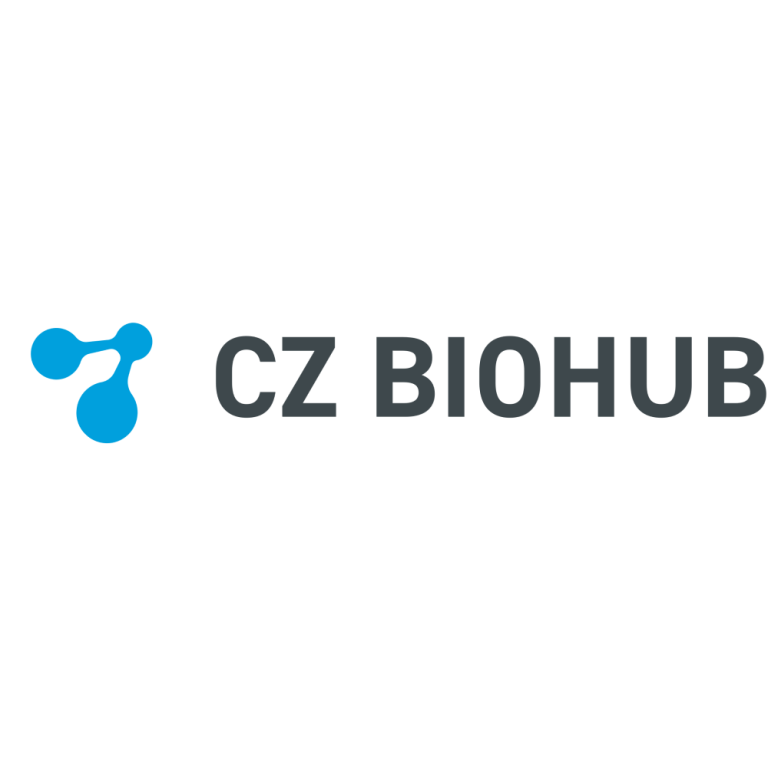
On Sept. 21, 2016, the University of California, Berkeley, UC San Francisco and Stanford University joined forces in…
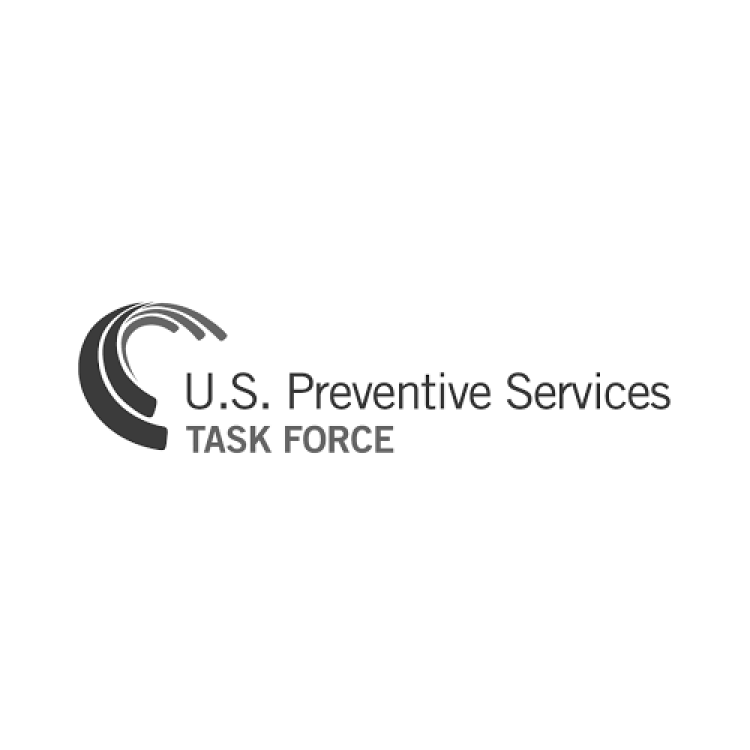
On Jan. 11, 2016, the U.S. Preventive Services Task Force (USPSTF) recommended biennial screening mammography for women aged…

On Dec, 22, 2015, the International Day of Women and Girls in Science was established by resolution of…
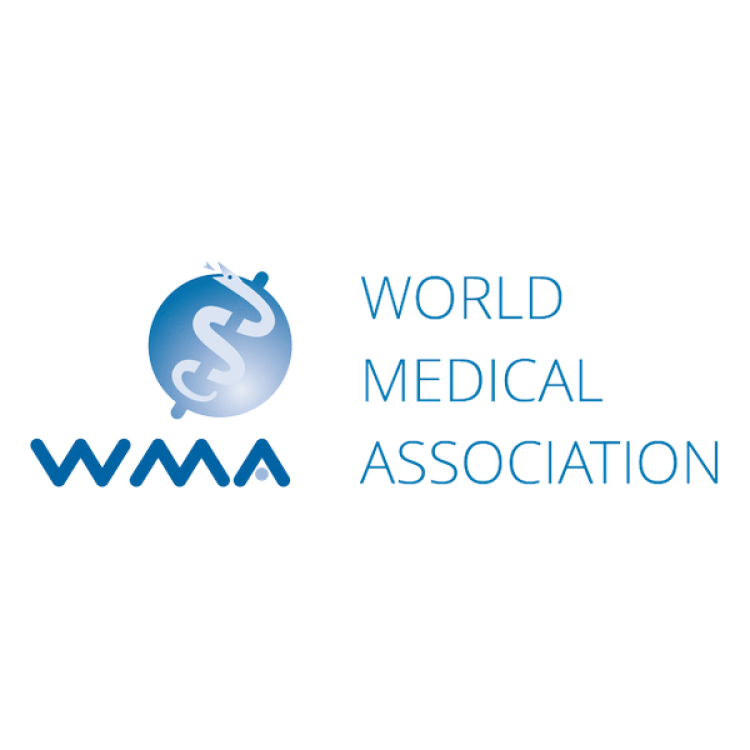
On Jun. 16, 2015, Ardis Dee Hoven became the first woman president of the World Medical Association (WMA)….
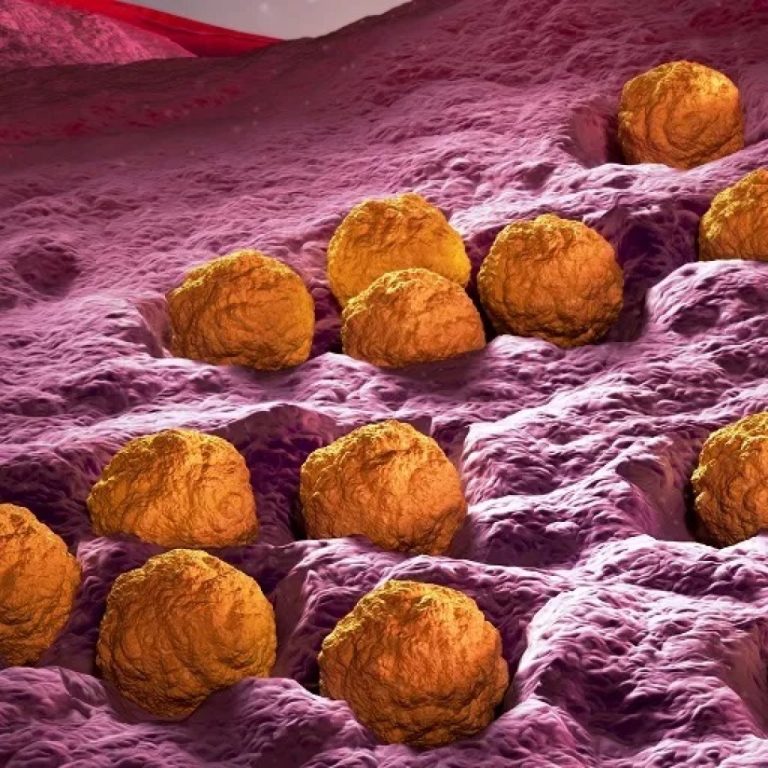
On Apr. 29, 2015, the Pan American Health Organization ᅠdeclared that the Americas region has become the first…
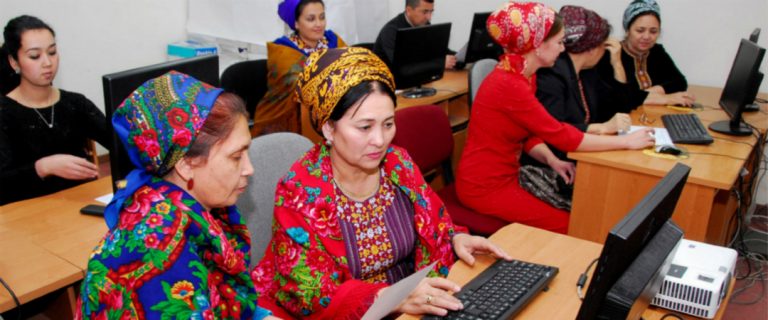
On Mar. 2, 2015, Dr. Helen Wallace, a world-renowned professor, mentor and advocate known for her passion for…

On Nov. 21, 2014, funding was announced for the TEC Health Accelerator for Alberta, to assist promising startup…
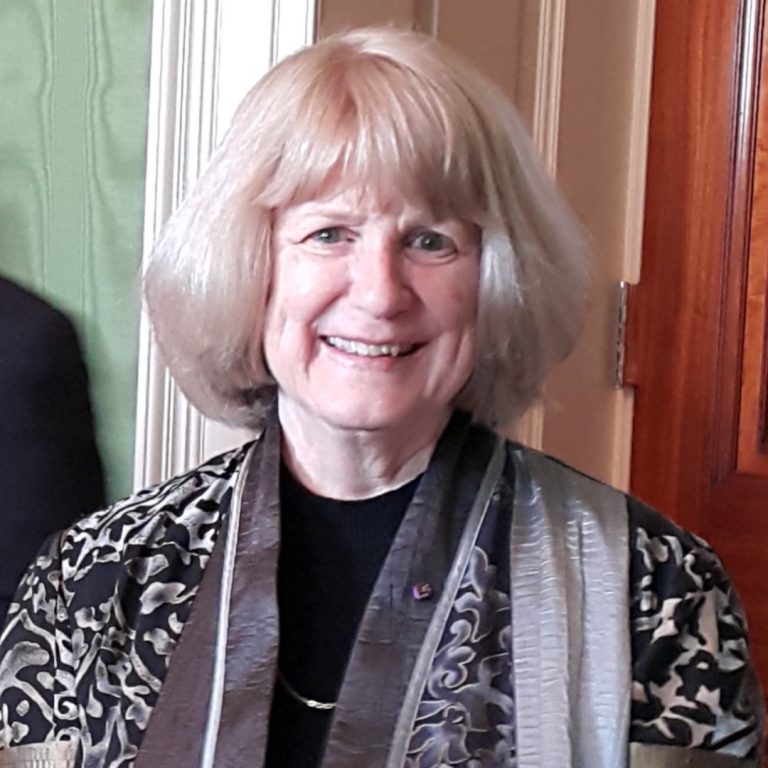
On Sept. 8, 2014, the University of Washington and UW Medicine announced that Mary-Claire King, UW professor of…
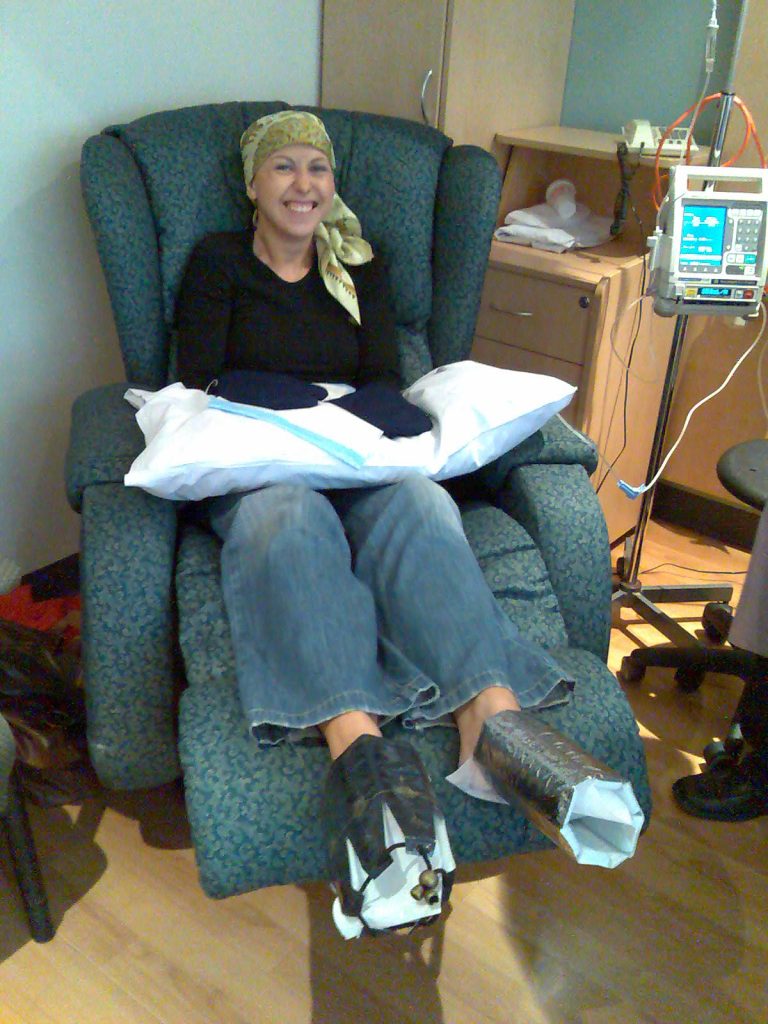
On Aug. 14. 2014, Genentech announced that the U.S. Food and Drug Administration (FDA) had approved Avastin (bevacizumab)…
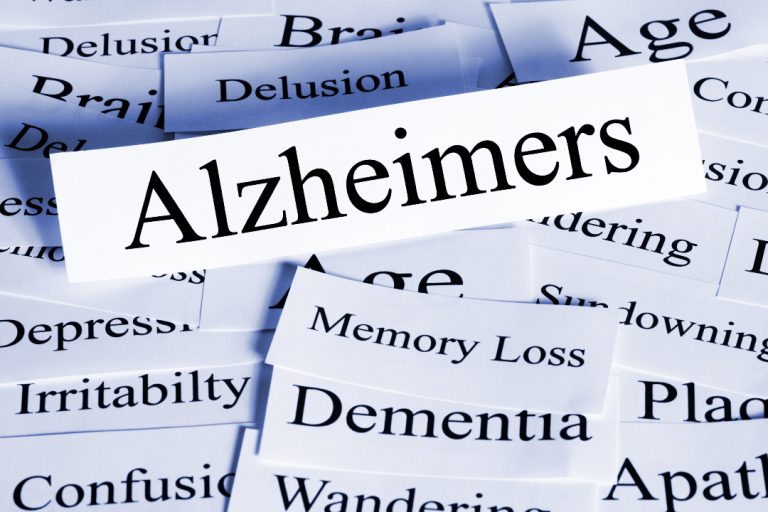
On Apr. 14, 2014, Stanford Medicine researchers announced a study that found a gene variant puts women at…

On Mar. 5, 2014, Oregon Health & Science University (OHSU) announced the creation of the Center for Embryonic…
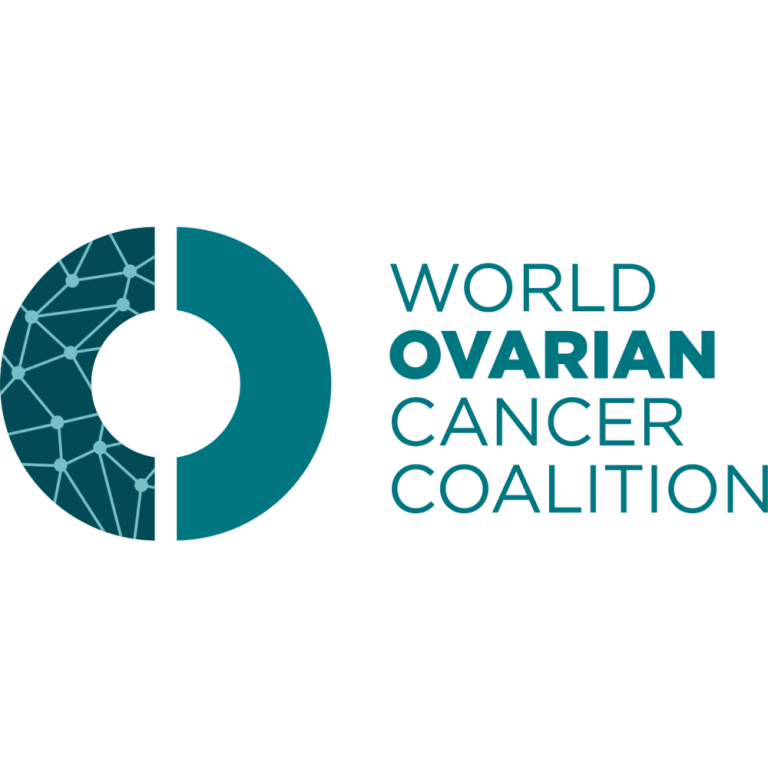
On May 8, 2013, was the first World Ovarian Cancer Day. On this day, ovarian cancer organizations from…
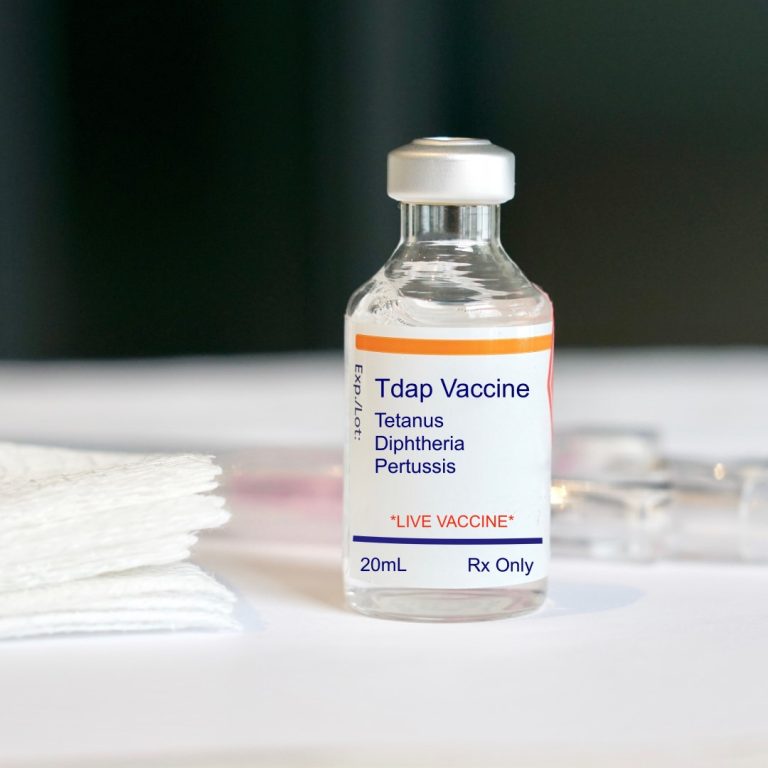
On Feb. 22, 2013, the Advisory Committee on Immunization Practices (ACIP) recommended that unvaccinated pregnant women receive a…

On Oct. 24, 2012, the Immunization Practices Advisory Committee (ACIP) voted 14-0 with one abstention to recommend that…
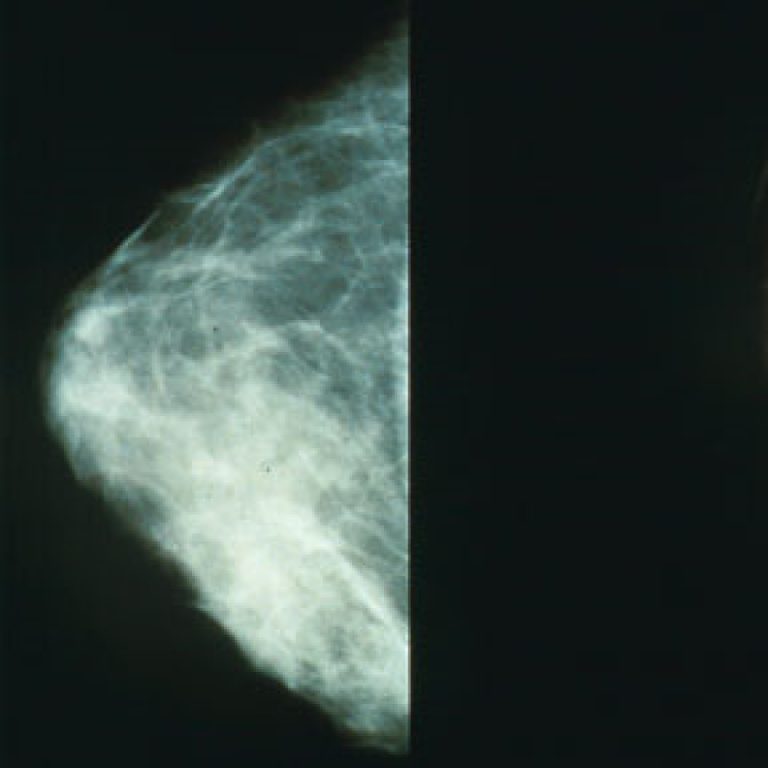
On Jun. 8, 2012, the U.S. Food and Drug Administration (FDA) announced that Genentech’s drug Perjeta (pertuzumab) was…

On Apr. 30, 2012, Hologic announced the acquisition of San Diego-based Gen-Probe, a molecular diagnostics company, for $3.7…

On Apr. 30, 2011, The University of Minnesota Masonic Children’s Hospital opened a new, innovative building for mothers…
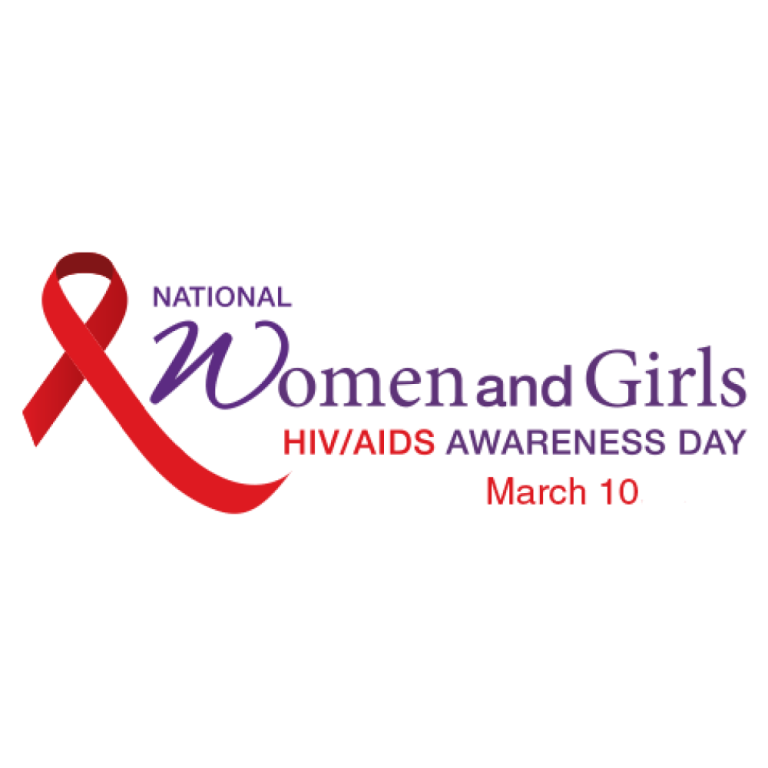
On Mar. 10, 2010, National Women and Girls HIV/AIDS Awareness Day (NWGHAAD) was established as a nationwide initiative…
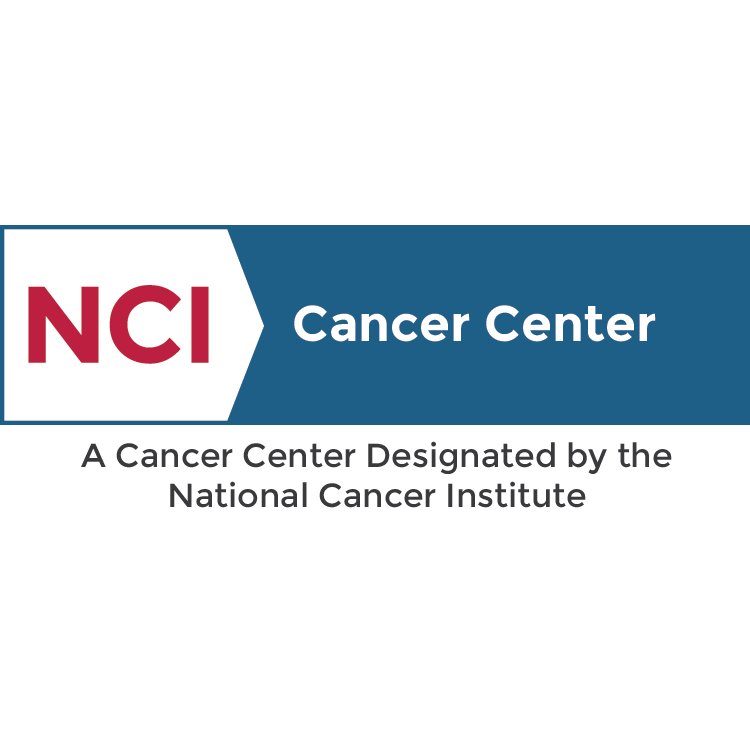
On Mar. 5, 2010, the National Cancer Institute (NCI) announced that it had awarded the Siteman Cancer Center…
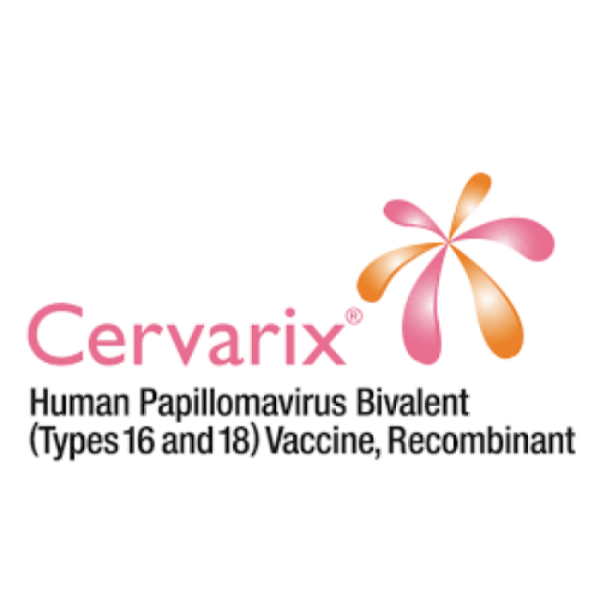
On Oct. 16, 2009, GlaxoSmithKline announced the U.S. Food and Drug Administration (FDA) had approved Cervarix [Human papillomavirus…
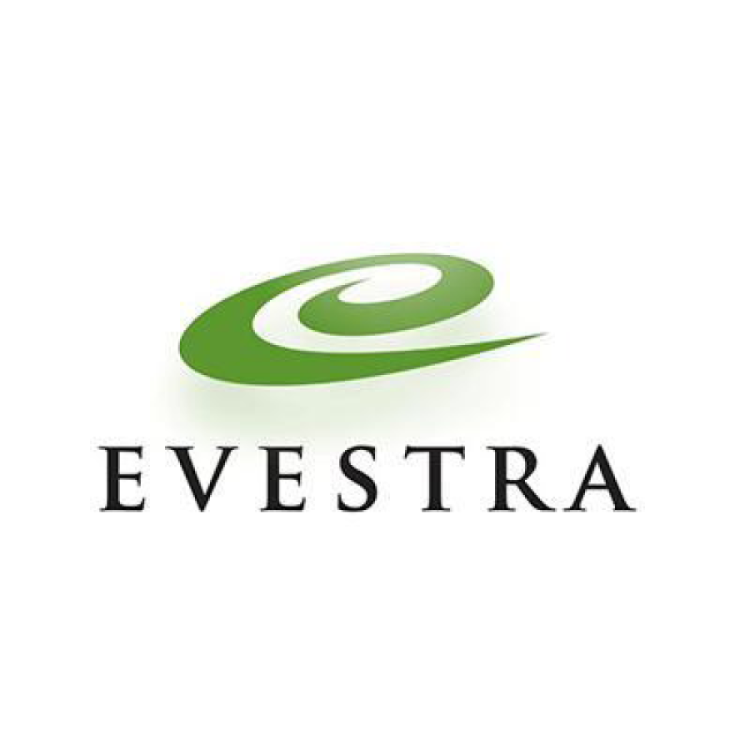
In 2008, Evestra was spun-off as a private biopharmaceutical company from the Texas Biomed Department of Organic Chemistry….
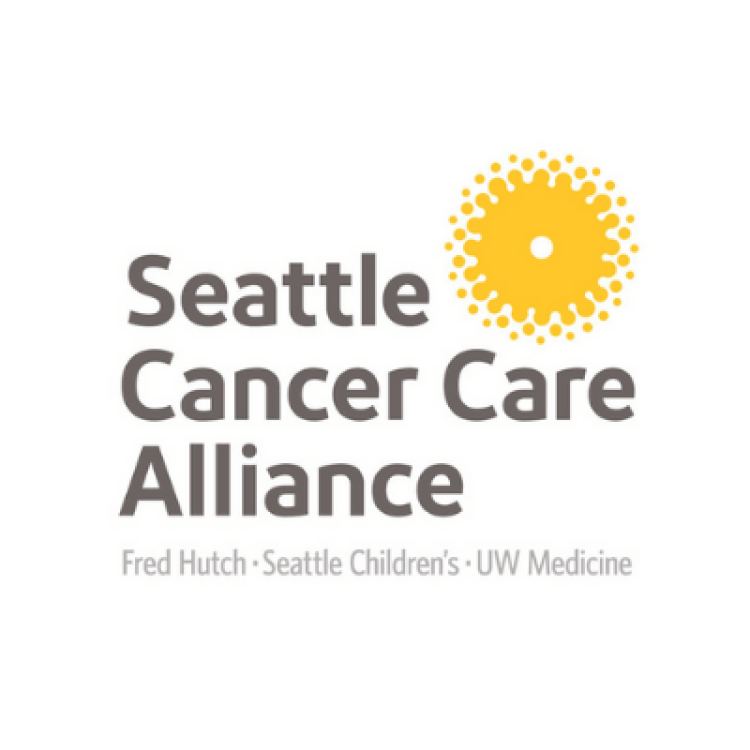
In 2008, the Seattle Cancer Care Alliance introduced the Mammovan, making digital mammography more accessible to women throughout…
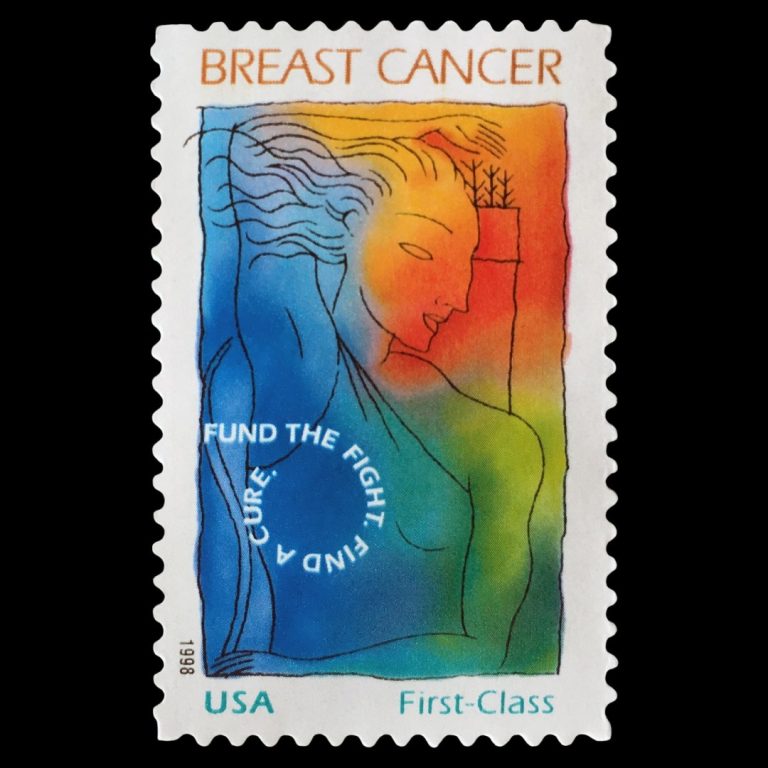
On Dec. 12, 2007, the Breast Cancer Research Stamp Reauthorization Act extended through Dec. 31, 2011, provisions requiring…
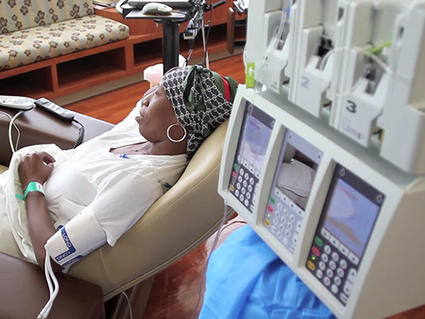
On Nov. 27, 2007, a new National Cancer Institute (NCI) model for calculating invasive breast cancer risk, called…
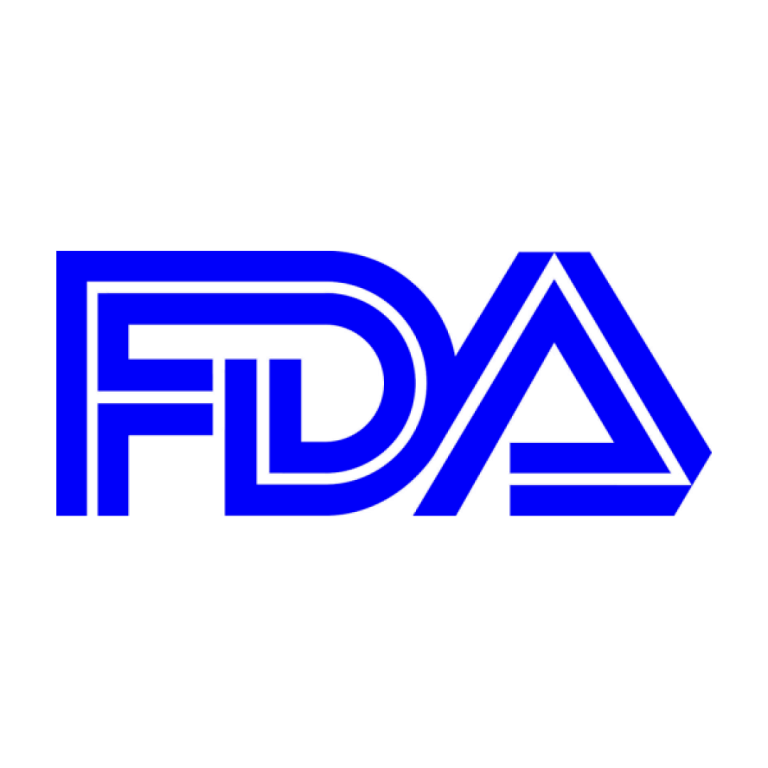
On Sept. 14, 2007, the U.S. Food and Drug Administration (FDA) announced it had approved Eli Lilly’s osteoporosis…

On Apr. 20, 2007, the National Breast and Cervical Cancer Early Detection Program Reauthorization Act of 2007 allowed…
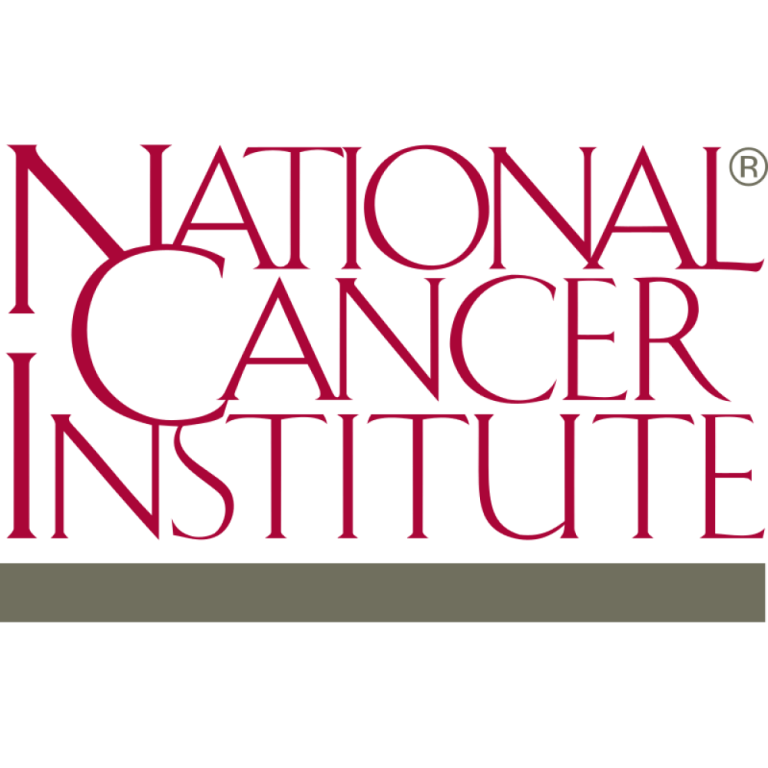
On Apr. 18, 2007, a study led by the University of Texas M.D. Anderson Cancer Center reported that…
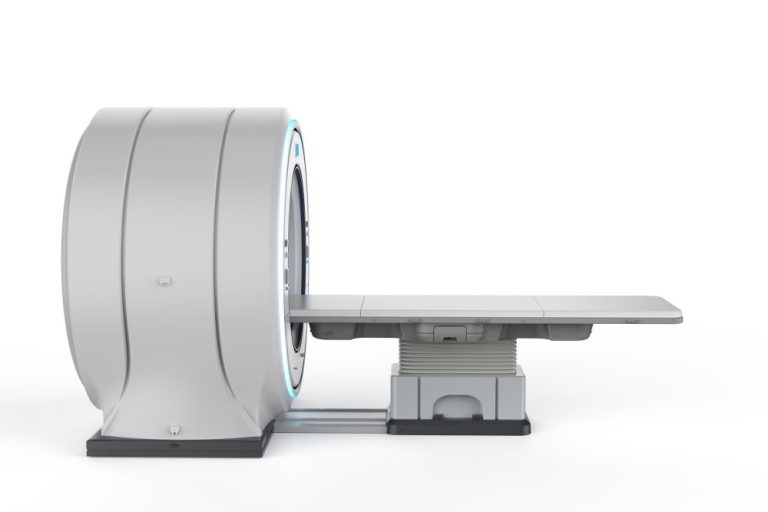
On Mar. 28, 2007, Magnetic Resonance Imaging (MRI) scans of women who were diagnosed with cancer in one…
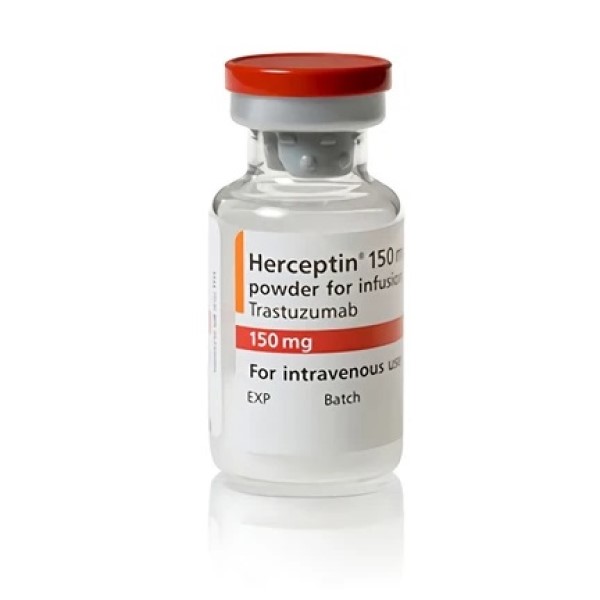
On Nov. 16, 2006, the U.S. Food and Drug Administration (FDA) approved Genentech’s trastuzumab (Herceptin) for use with…